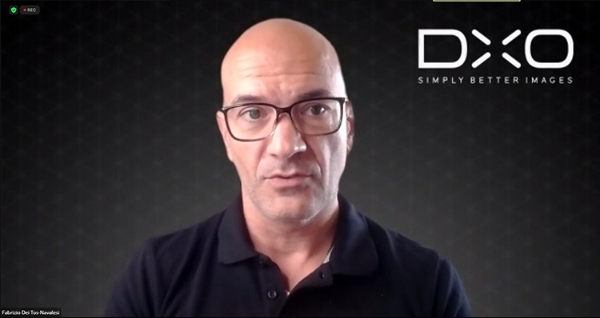

The 1GB SD card mine came with is good for over 500 photos, about 5-10 times what I’m likely to need on a single shoot.

All very mainstream, and because you likely already have these it means you won’t need to buy or maintain any new batteries, chargers, leads or memory cards/sticks. Other pluses include the fact the Lumix is powered by a couple of AA batteries, and takes SD cards. The maximum aperture of f/2.8 is wide enough, when combined with that close focus, to get some soft background blurring going on, even with its tiny sensor. So I left mine at the default start position of 37mm and never touched the zoom control. The lens zooms from 37mm at the widest to a rather ridiculous 222mm.

Or, as I’ve been doing, just set up the camera how you want it and when you power it back up, everything is remembered. There are various scene modes which you can set under SCN1 and SCN2 on the mode dial, and it remembers which you set. To review photos taken you can either press the down button on the main cross pads for a quick view, or switch the mode dial to play mode to see them fully. You can also set the minimum shutter speed which is handy to avoid camera shake, if you don’t want to rely on flash (which I never use), and it tells you when you lock focus you’re below the min shutter speed you’ve chosen with a SLOW icon. When you do settle and squeeze the shutter button to lock focus, the focus confirm light is displayed, along with aperture and shutter speed. You can adjust exposure compensation direct from the main cross pads, and as always pleases me, one of the display modes you can cycle through hides all icons so you can focus purely on composition.
DXO VIEWPOINT 2.5 REVIEW ISO
In the simple menus I set the ISO to 100 (after some experimentation to find the look I liked best) and “Colour Effect” to b/w. Here, I’ve found no need so far to stray from the macro mode, which allows shots down to 0.05m, but still up to infinity. The shutter button is exactly where your trigger finger expects it to be, and the mode dial can easily be changed with the tip of your thumb. This is helped too by the 2″ screen being big enough to compose and focus, yet small enough to not dominate the entire camera back, and also gives adequate space for the simple controls within thumb’s reach. The curved grips front and rear are very well contoured, and there’s plenty of room for your thumb to rest without feeling like you’ll drop the camera, or inadvertently press buttons. In use the camera is compact, yet satisfying in the hand, and can easily be used one handed. That’s all I really want to say about the spec. This is the LZ1 is from 2005, with a 4MP 1/2.5″ CCD sensor. My perception of them is a classy, quality range of cameras, with very capable lenses (due in part to their Leica connection). The Panasonic Lumix range are cameras I’ve admired from afar, not least of all the LX3, which I’ll talk about in a future post.
DXO VIEWPOINT 2.5 REVIEW SERIES
The third in this series then is a different brand again.
DXO VIEWPOINT 2.5 REVIEW PLUS
Yes a 4MP 10 year old plus camera can still deliver in 2018, and be great fun to use along the way. So the answer to the question at the top of this post has already been answered. Previously I’ve tried out the Olympus Camedia C4040 Zoom and Sony DSC-L1, and both have performed far better than I expected and endeared my greatly with their very different personalities and sizes. With 36MP digital cameras widely available, and even smartphones offering 19MP plus, the manufacturers try to tell us the more MP, the better your photography will be.īut after coming to love a small collection of classic digital cameras in the last year or so, mostly around 10MP, I’m starting to wonder how many MP we really need to make pleasing images. This is part three of my 4MP digital classics experiment.


 0 kommentar(er)
0 kommentar(er)
